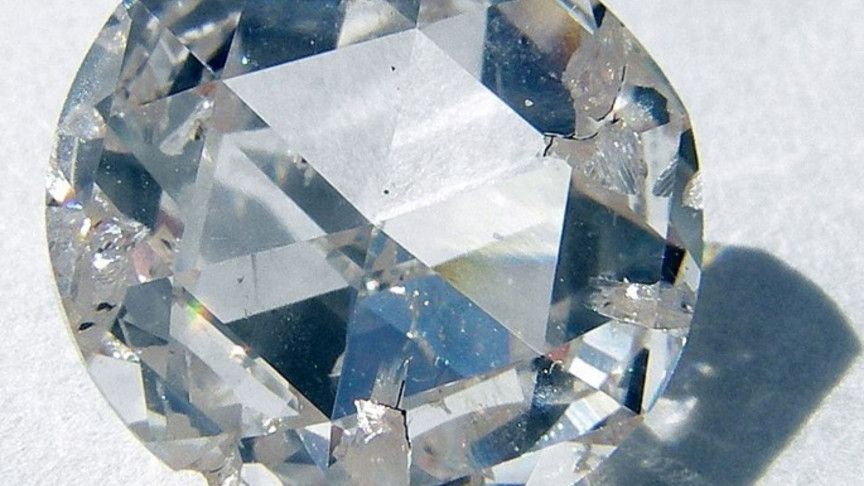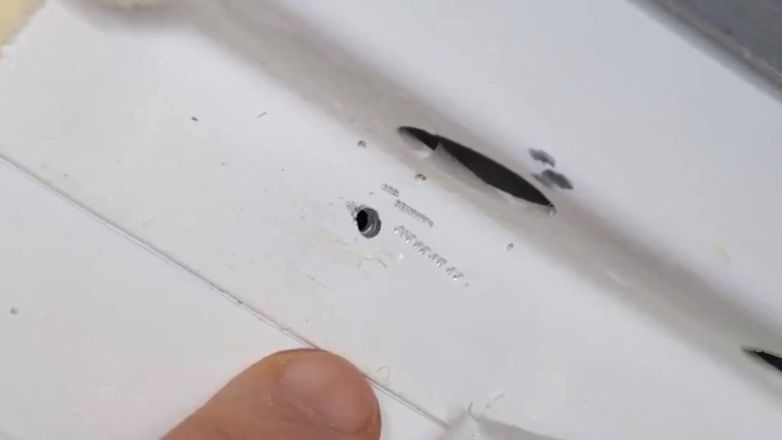This work proves that stability of C60 is a geometrical property of the thermodynamics of the system: a significant methodological advance since a detailed treatment of the energetics may be avoidable. This approach may be fruitful, not only for fullerenes but also for general problems of molecular stability and in other applications of conformational chemistry. For the non-chiral C60, C384, and the weakly-chiral C28, C76 and C380 (of these, C380 and C384 are classed as “unspirallable”), Schlegel projections are used to show that these fullerenes can all be represented by pairs of spirals counter-propagating in anti-parallel (C2) symmetry. For C60, the high symmetry is used to construct an analytical approximation for the spherical double-spirals, shown mathematically to be Maximum Entropy (MaxEnt) using the formalism of Quantitative Geometrical Thermodynamics (QGT). Therefore C60 is necessarily stable. This MaxEnt stability criterion is general, depending only on the geometry and not the kinematics of the system. The sense and degree of chirality for C76 and C380 is also quantified using a Shannon entropy-based fragmentation metric.
Click or tap to learn more.





